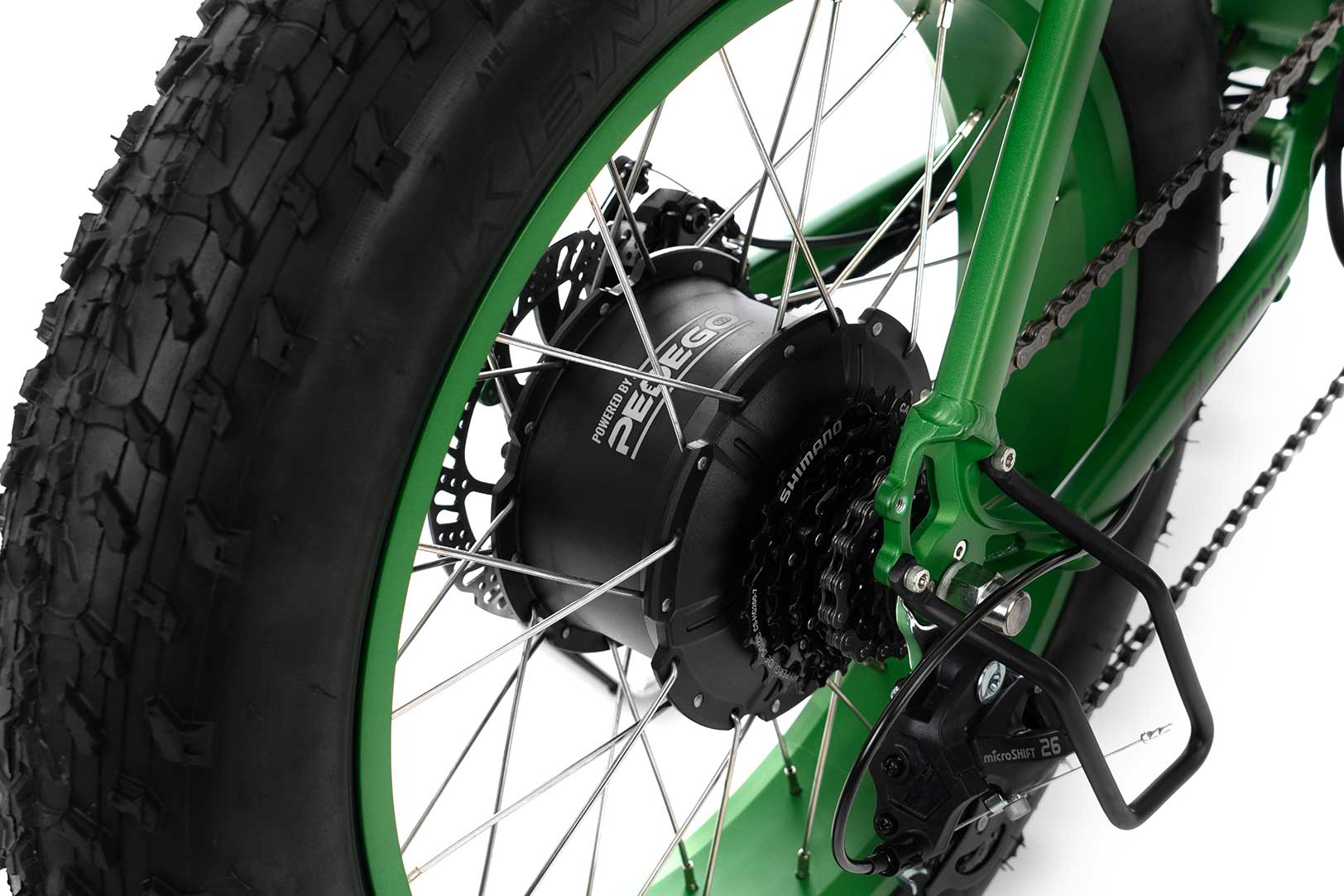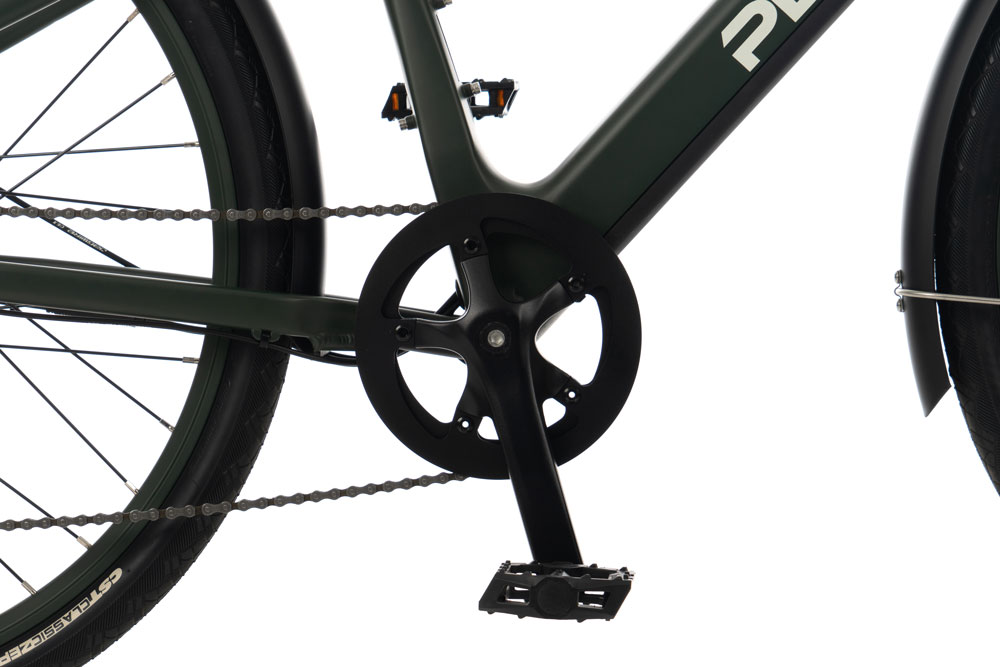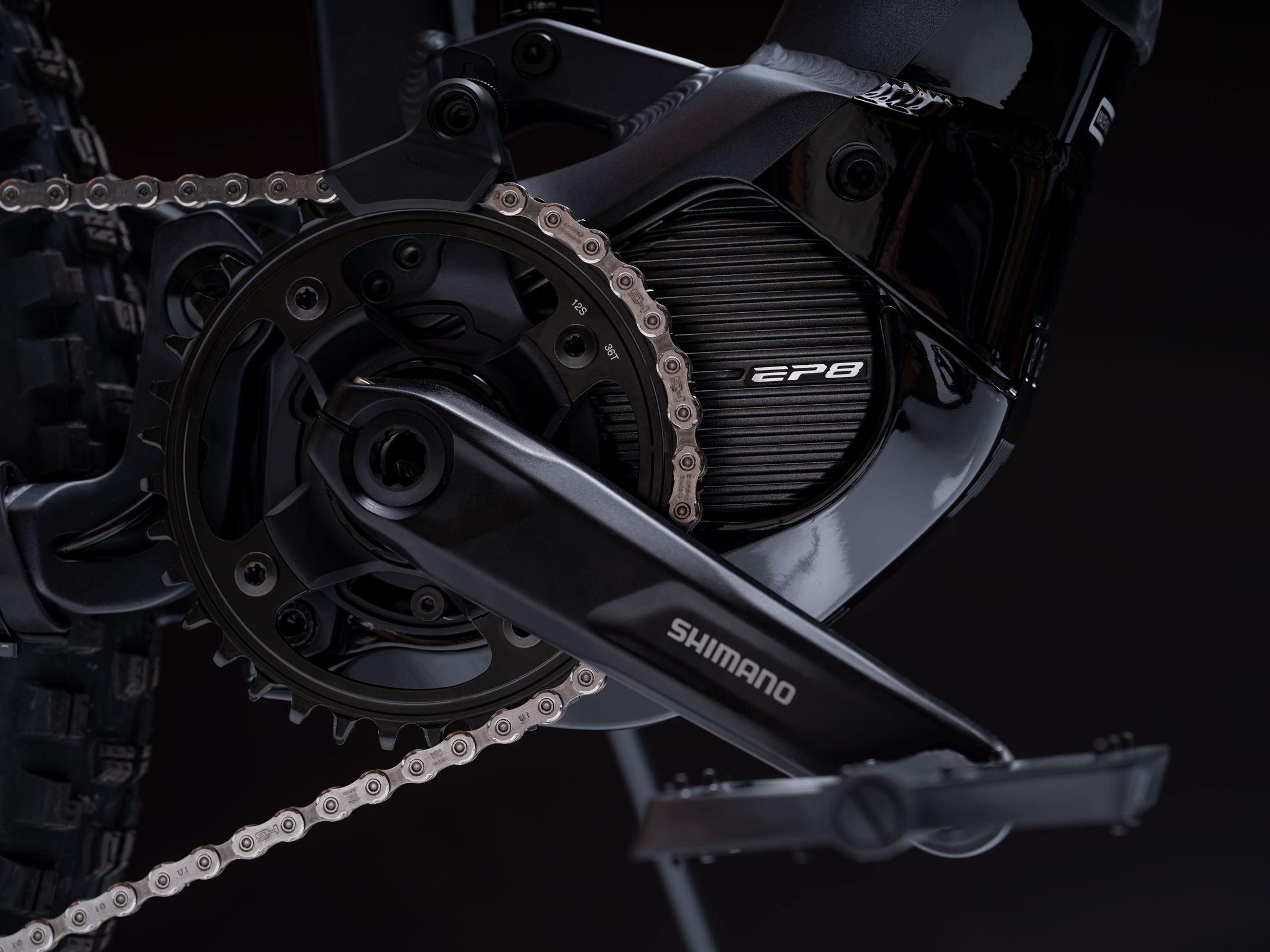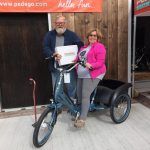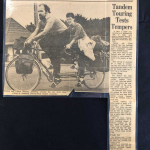What Is Electric Bike Pedal Assist Exactly?
Electric bikes typically offer two types of motor engagement: pedal assist and throttle. With pedal assist, the motor engages only when the pedals are being rotated. Alternatively, the throttle option engages the motor whether you are pedalling or not. Interestingly, electric bicycles in Europe are not allowed to have throttles and so all have to be pedal assist models. However, in North America it is legal to have throttles on electric bikes and so there are manufacturers that incorporate throttles only, those that offer pedal-assist only, and those that offer both.
Most Pedego electric bikes feature both pedal assist and a throttle. The latter comes in really handy when you want to get through an intersection quickly or need to start on a hill from a standing position. And pedal assist is great for saving battery power and getting a bit of exercise when moving your leg muscles. Is one better than the other? We believe it comes down to personal preference.
The way a pedal assist system works involves a sensor that detects when a rider is pedalling. There are two common types of sensors. A torque sensor gauges how hard you are pushing on the pedals and gives a corresponding amount of power from the motor. A cadence sensor just senses the rotation of the pedals, not the pressure. The best torque sensors can offer a more subtle assist than the cadence-style pedal assist option. However, a poorly designed torque sensor system can feel “spongy” and isn’t very nice to ride. Torque sensors are preferred for technical riding such as mountain biking where it is useful to subtly vary the power with leg pressure rather than having to select a new power level. With a torque sensor, it is important to be in the correct gear to get the best out of the motor.
With a cadence system, the sensor detects when the pedals are rotating and switches the motor on at whatever level of pedal assist you have selected. Unlike the torque sensor, it doesn’t matter how hard you are pushing, you always get the level of power you have selected. Often, with the cadence systems you will get a bit more of a noticeable “whoosh” feeling as the motor engages. A cadence system can be easier to learn how to use and it matters much less which gear you are in. It can also feel easier to ride up steep hills as you don’t need to be pushing hard to get full power.
With both torque and cadence sensor pedal assist systems you will normally be able to select different levels of pedal assist to give you more or less power. Having a good number of different levels is useful to adapt to different riding conditions. On the Pedego electric bikes, there are typically 5 levels of pedal assist; the higher the number, the more energy the motor is exerting in order to propel you forward while you pedal. It’s also easy to adjust pedal assist power while riding: simply hit the plus [+] button to increase power or the minus [-] button to decrease the amount of power the electric motor is applying to the crankset in accordance to your pedal stroke. If you set the pedal assist power level to “0”, then the pedal assist function of the bike is disengaged. Likewise, if you apply the brake or stop pedalling, the function is disengaged. To learn more about pedal assist numbering on the Pedego LCD meter, please refer to our article “How To Use Your LCD Screen.”
Contact your local Pedego store to learn more!
"*" indicates required fields

